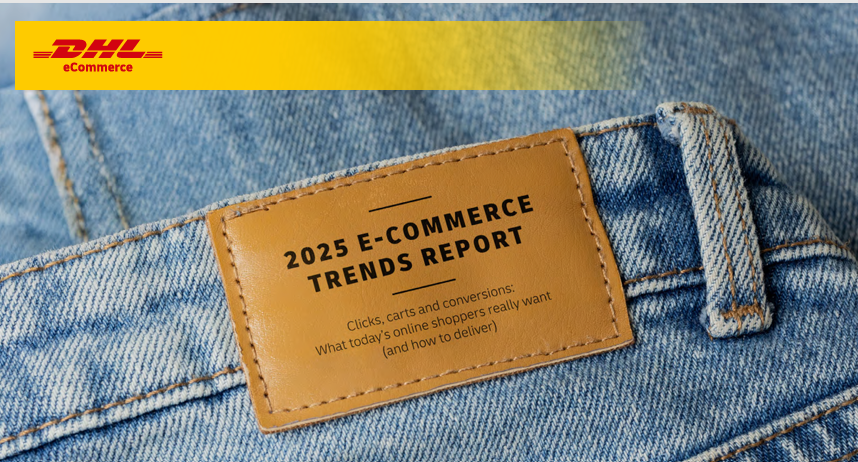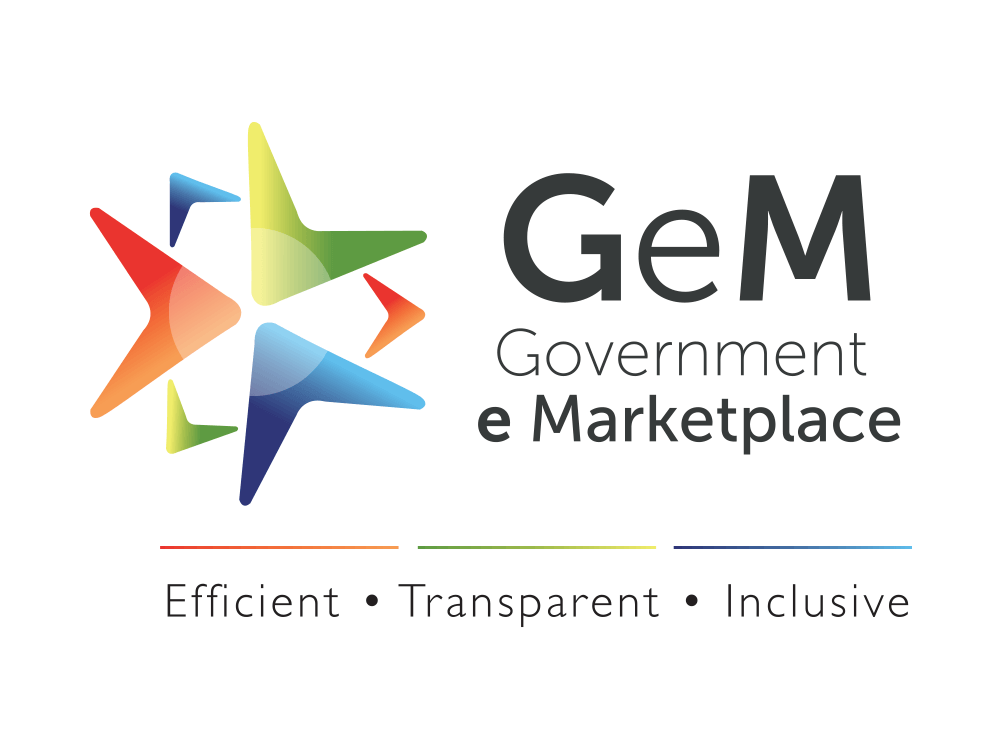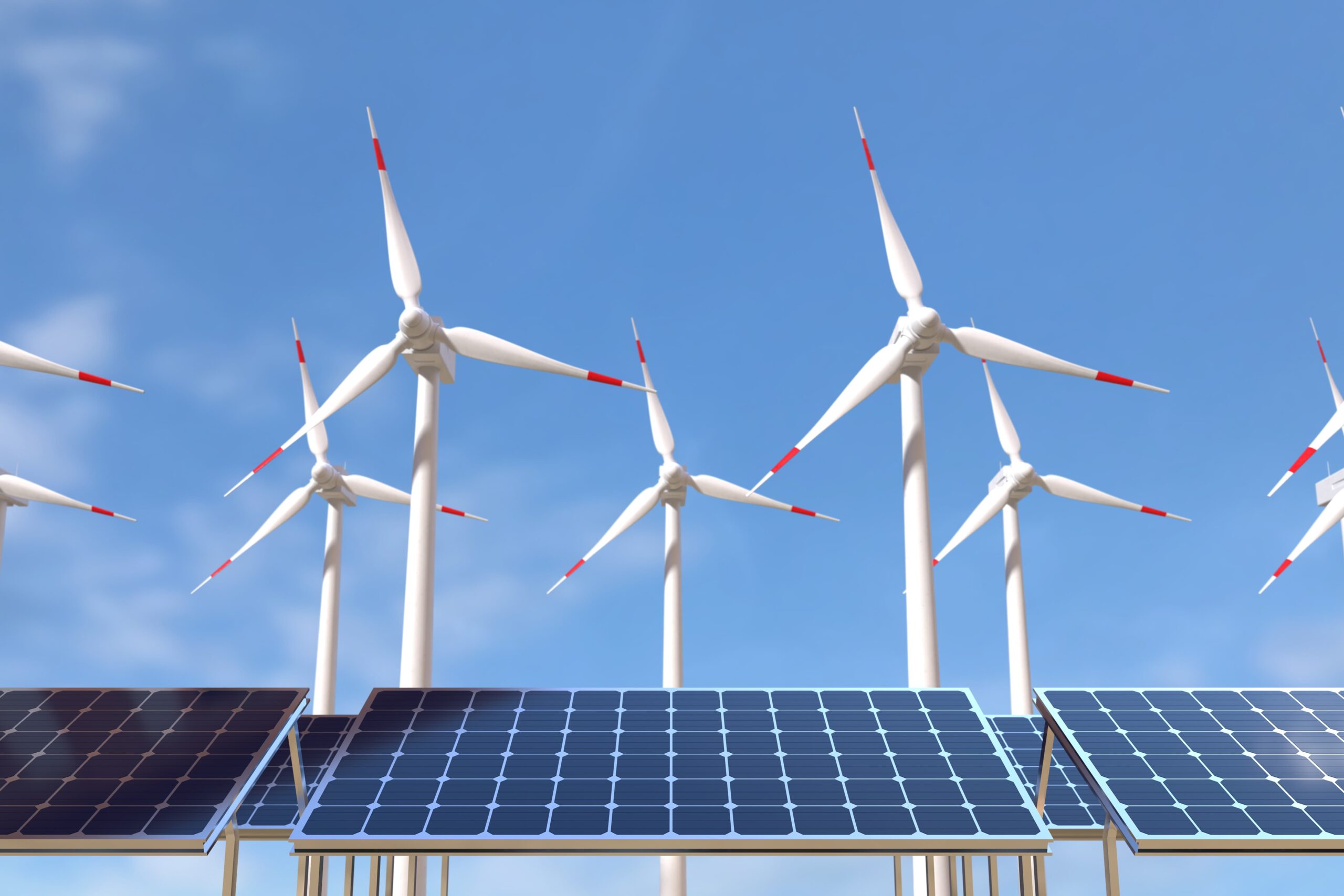From Click to Cargo: How DHL and E-Commerce Trends Are Rewriting the SME Export Playbook

In the rapidly evolving global e-commerce landscape, 2025 marks a pivotal year for digital-first SMEs looking to scale beyond borders. Backed by rising cross-border demand, AI-led supply chain tools and the increasing sophistication of global logistics providers, MSMEs in India are uniquely positioned to ride this wave. And powering this shift is a silent but strategic transformation in how global supply chains are adapting with players like DHL Express playing a catalytic role.
India’s E-Commerce Export Pulse Gets Stronger
DHL Express India has outlined how it’s helping Indian SMEs tap global demand through a mix of automation, trade enablement and last-mile tech. From automating customs clearance to offering AI-powered route optimization and demand forecasting, DHL is increasingly becoming more than a logistics partner it’s a growth enabler. These advancements are particularly relevant for India, where MSMEs contribute 45% of exports but face steep challenges in compliance, visibility and logistics efficiency.
But to truly understand what lies ahead, DHL’s 2025 E-Commerce Trends Report offers a global mirror and a roadmap.
Global E-Commerce
According to the report, global e-commerce is expected to cross $6.3 trillion in 2025, with B2B online sales forming over 65% of that value. India, now among the top five fastest-growing e-commerce nations, will witness exponential B2C and D2C adoption, especially from emerging Tier 2 and Tier 3 cities.
The biggest shifts identified in the report include:
- AI and Machine Learning adoption across demand forecasting, route planning, and customer experience personalization all contributing to faster, cheaper and more reliable deliveries.
- A “green logistics” revolution, with 71% of global e-commerce consumers preferring brands that disclose carbon footprints. DHL is investing in carbon-neutral delivery options and packaging innovations, which Indian exporters will soon be able to leverage.
- The rise of marketplaces beyond Amazon and Flipkart, with niche platforms gaining ground in electronics, fashion, and wellness, especially across Europe, Southeast Asia and the Middle East key export corridors for Indian SMEs.
- Same-day and next-day delivery becoming hygiene expectations in mature markets, driving the need for predictive inventory positioning and local warehousing solutions.
Cross-Border is the New Local
One of the strongest calls to action from the DHL report is the need for SMEs to adopt a “borderless mindset”. The growth of international D2C (direct-to-consumer) commerce is no longer a niche it’s a norm. More than 42% of global online shoppers made at least one international purchase in 2024, and this number is rising. This trend benefits digitally agile SMEs who can leverage third-party logistics providers (3PLs) to manage customs, compliance and currency complexity.
India’s edge lies in its unique product strengths handicrafts, pharma, gems & jewellery, fashion, wellness and tech accessories which are increasingly in demand globally. Platforms like DHL’s MyDHL+ now offer SME exporters easy tools for instant rate discovery, paperwork automation and shipment tracking breaking long-standing entry barriers.
DHL’s Export-Ready Stack
The Indian logistics environment has traditionally been marred by fragmented infrastructure and high operational costs. DHL’s localized interventions including automated parcel sortation centers, API integrations for SMEs’ e-commerce storefronts, and direct partnerships with Customs and GST networks are reducing these frictions.
Key technologies DHL is investing in include:
- AI-powered dynamic pricing and routing
- Automated risk screening for international shipments
- ESG-compliant packaging solutions
- Plug-and-play logistics APIs for Shopify, WooCommerce and Magento platforms
For Indian SMEs that were once limited to local kirana-level logistics, these advancements offer not just efficiency, but a competitive edge.
What SMEs Need to Internalize from the DHL Report
As the DHL report rightly points out, convenience, visibility and sustainability are no longer value-adds they are default expectations. Indian SMEs will need to realign not just their operations, but their mindset. This means:
- Building multi-market shipping readiness: Having compliant SKUs, digital documentation and ready-to-scale packaging.
- Investing in logistics-as-a-service: Outsourcing complex logistics functions to certified partners to maintain agility.
- Embracing predictive demand tools: Using AI to manage inventory better and reduce shipping time lags.
- Participating in emerging B2B marketplaces that offer DDP (delivery duty paid) options and faster global onboarding.
MSMEs, Logistics & Global Commerce
As India aims to reach $2 trillion in exports by 2030, MSMEs will remain central to this ambition. Reports like DHL’s aren’t just annual forecasts they are directional playbooks. With the convergence of AI, API-enabled logistics and customer-centric supply chains, exporting is no longer about scale it’s about being smarter, faster and more sustainable.
India’s MSMEs, if armed with the right partnerships, data, and cross-border strategies, are not just ready to participate they’re ready to lead.











